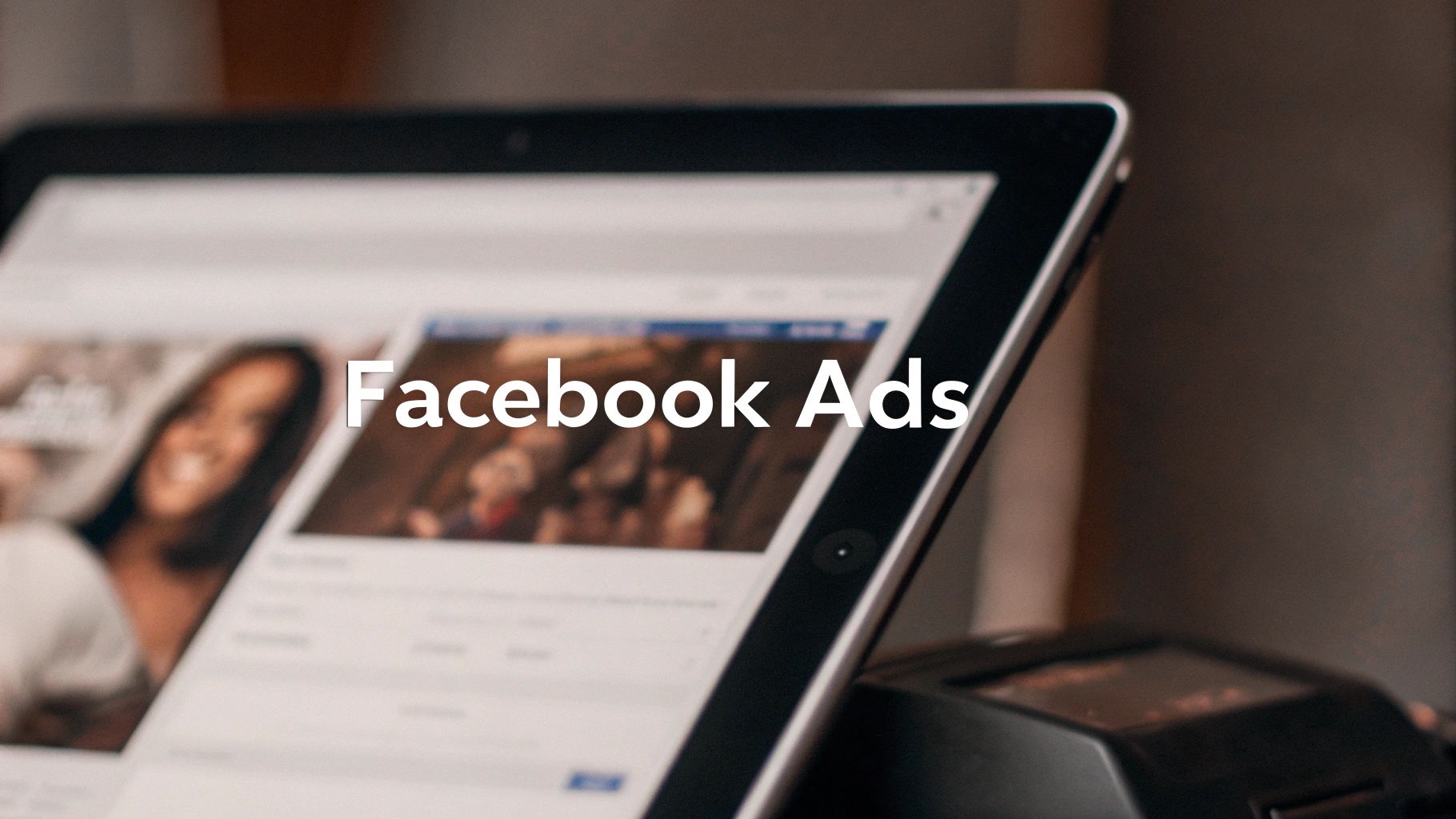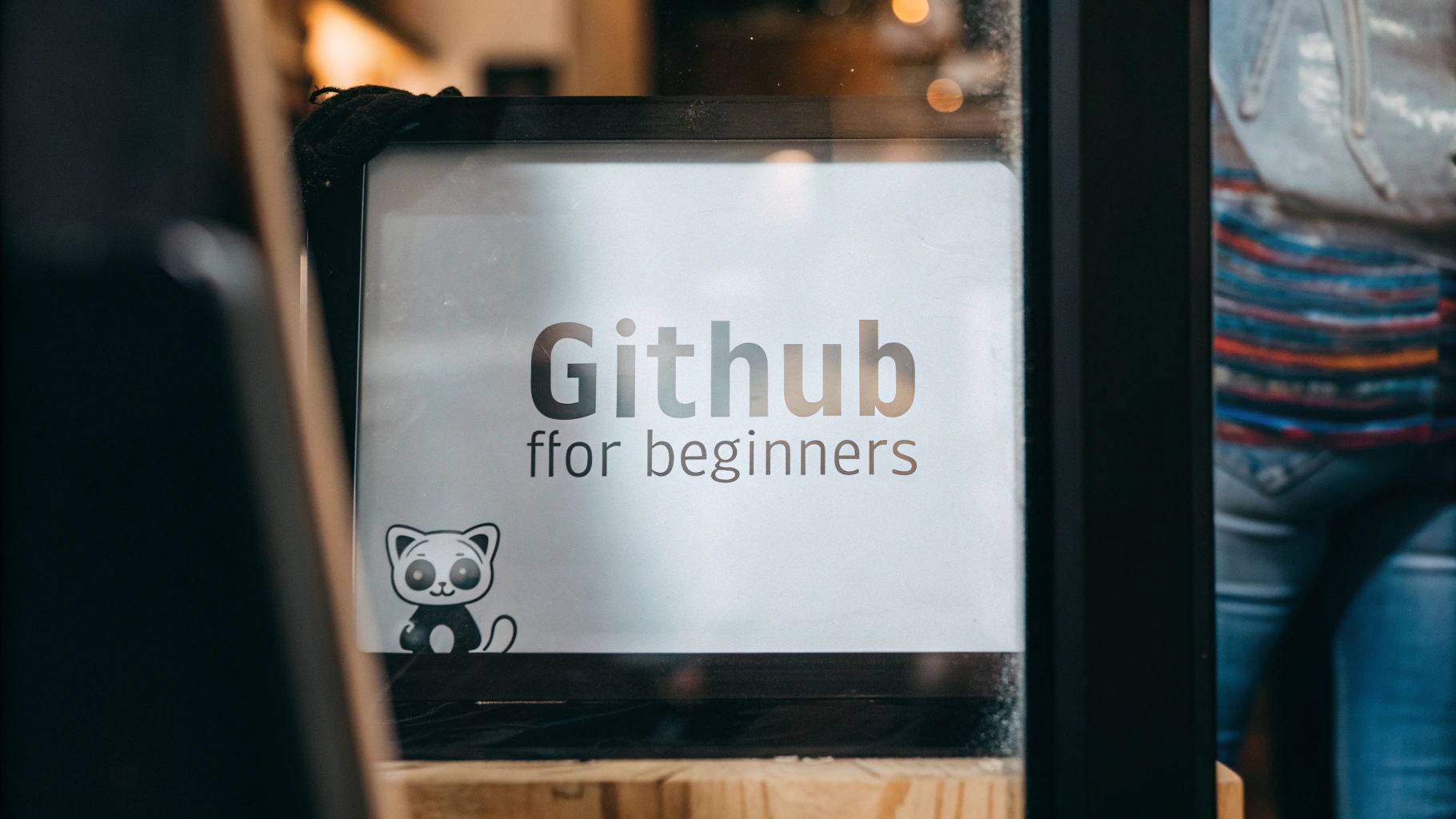
Summary
Running Facebook Ads is one of the smartest moves beginners can make to grow their business online. This Facebook Ads tutorial covers everything from setting up FB Business Manager to launching and optimizing your first paid social media campaign.
The blog explains the importance of choosing the right campaign objective, defining a target audience, budgeting, and creating engaging ads that convert. It also highlights common mistakes beginners should avoid, such as targeting too broadly or ignoring analytics.
By following this beginner-friendly roadmap, you’ll gain the confidence to run ads effectively, track performance, and scale your campaigns for long-term success.
–
Introduction
In today’s digital-first world, running Facebook Ads isn’t just an option—it’s a necessity for businesses that want to reach their ideal audience. Whether you’re a small business owner, freelancer, or marketer, learning how to set up and optimize ads on Facebook can transform your growth strategy.
This Facebook Ads tutorial is designed specifically for beginners who want a clear roadmap to get started. By the end of this guide, you’ll understand how paid social media advertising works, how to use FB Business Manager, and the essential steps to launch your first campaign successfully.
Why Facebook Ads Matter for Beginners
Before diving into the step-by-step guide, let’s look at why Facebook Ads should be on your priority list:
- Massive Reach: With over 3 billion monthly users, Facebook is still one of the most powerful platforms for brand visibility.
- Advanced Targeting: You can target people by interests, behaviors, demographics, and even lookalike audiences.
- Cost-Effective Marketing: Compared to traditional ads, paid social media on Facebook can be run with any budget.
- Trackable Results: FB Business Manager gives you complete control over performance insights.
Step 1: Set Up FB Business Manager
To run ads effectively, you need to use FB Business Manager (also known as Meta Business Manager). This is where you’ll manage ad accounts, pages, pixels, and payment methods.
- Go to business.facebook.com and click Create Account.
- Add your business details (name, email, website).
- Connect your Facebook Page and Instagram account.
- Set up an Ad Account and assign permissions if you work with a team.
Pro Tip: Always separate personal profiles from business assets using Business Manager. It makes scaling and collaboration much easier.
Step 2: Understand Facebook Campaign Structure
A Facebook Ads tutorial wouldn’t be complete without explaining the campaign hierarchy. Ads are structured in three levels:
- Campaign: Where you define the marketing objective (e.g., awareness, traffic, conversions).
- Ad Set: Where you choose targeting, budget, and schedule.
- Ad: Where you design the creative (images, videos, copy).
Think of it as: Why (Campaign) → Who/How Much (Ad Set) → What (Ad).
Step 3: Choose the Right Campaign Objective
Facebook offers multiple objectives under three categories:
- Awareness: Reach and brand awareness.
- Consideration: Traffic, engagement, app installs, lead generation, video views.
- Conversion: Sales, catalog purchases, store visits.
For beginners, start with Traffic (to drive people to your website) or Engagement (to boost likes, shares, and comments).
Step 4: Define Your Target Audience
Targeting is where Facebook Ads shine. Within FB Business Manager, you can define audiences using:
- Core Audience: Age, gender, location, and interests.
- Custom Audience: Retarget people who visited your website or interacted with your posts.
- Lookalike Audience: Find new users similar to your best customers.
Example: If you run a fitness brand, you can target men aged 20–40, living in Delhi, interested in “gym” and “protein supplements.”
Step 5: Set Your Budget & Schedule
Budgeting is crucial in any paid social media strategy. You can choose between:
- Daily Budget: Spend a fixed amount every day.
- Lifetime Budget: Spread spending across a specific time frame.
Start small (₹500–₹1000 per day) to test audiences and creatives before scaling up.
Step 6: Create Your Facebook Ad
The creative is what your audience sees, so make it count. Facebook supports multiple formats:
- Image Ads: Simple and effective.
- Video Ads: Engaging and story-driven.
- Carousel Ads: Showcase multiple products.
- Collection Ads: Great for e-commerce.
When writing your ad copy, keep these best practices in mind:
- Use attention-grabbing headlines.
- Highlight benefits, not just features.
- Include a clear Call-to-Action (CTA) like “Shop Now” or “Learn More.”
- Ensure your visuals are high-quality and mobile-friendly.
Step 7: Track & Optimize Performance
Once your ad is live, head back to FB Business Manager to analyze performance. Key metrics to track include:
- CTR (Click-Through Rate): Are people engaging with your ad?
- CPC (Cost Per Click): How much are you paying per click?
- Conversions: Are users taking the desired action?
- ROAS (Return on Ad Spend): Is your campaign profitable?
Experiment with A/B testing by changing one variable at a time—like ad copy, creative, or audience—to see what works best.
Common Mistakes Beginners Should Avoid
Even with the best Facebook Ads tutorial, many beginners fall into these traps:
- Targeting too broadly.
- Not installing the Facebook Pixel (essential for tracking).
- Using poor-quality visuals.
- Not testing multiple ad variations.
- Quitting too early without analyzing data.
FAQ
Q1. What is the best way to start Facebook Ads as a beginner?
Ans. Start by setting up FB Business Manager, then choose a simple campaign objective like traffic or engagement, and run small-budget ads to test audiences.
Q2. How much money should I spend on my first Facebook Ad campaign?
Ans. Beginners can start with a budget of ₹500–₹1000 per day to test results and gradually scale up as they learn which ads perform best.
Q3. Is Facebook Ads better than other paid social media platforms?
Ans. Facebook offers unmatched targeting options and reach, making it ideal for beginners. However, depending on your audience, Instagram, LinkedIn, or TikTok can also be valuable.
Q4. What’s the difference between Boost Post and Ads Manager?
Ans. Boost Post is a quick way to promote content, but Ads Manager (inside FB Business Manager) provides advanced targeting, budgeting, and reporting features.
Q5. How do I measure success in Facebook Ads?
Ans. Track key metrics like CTR (Click-Through Rate), CPC (Cost Per Click), conversions, and ROAS (Return on Ad Spend) inside FB Business Manager.






